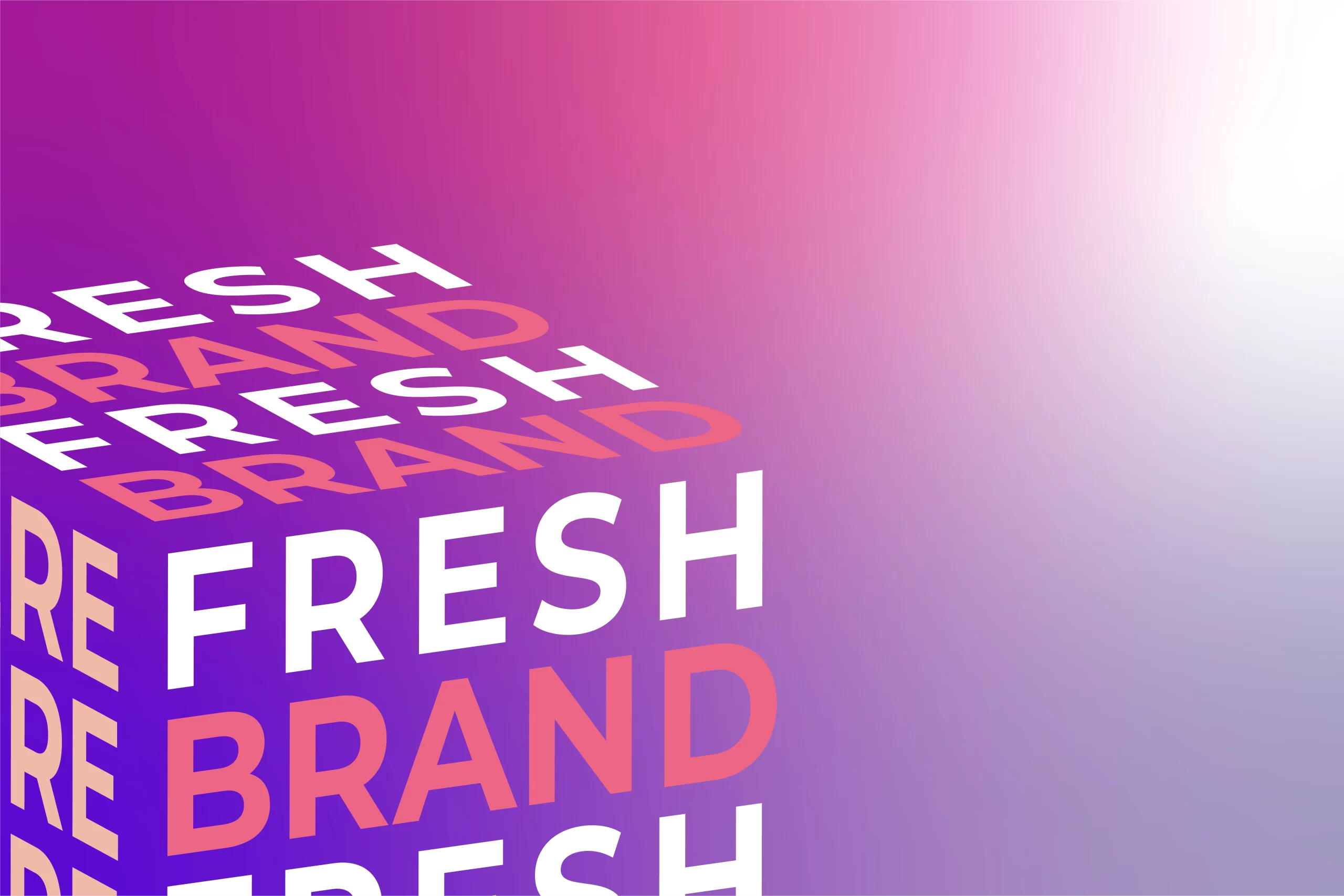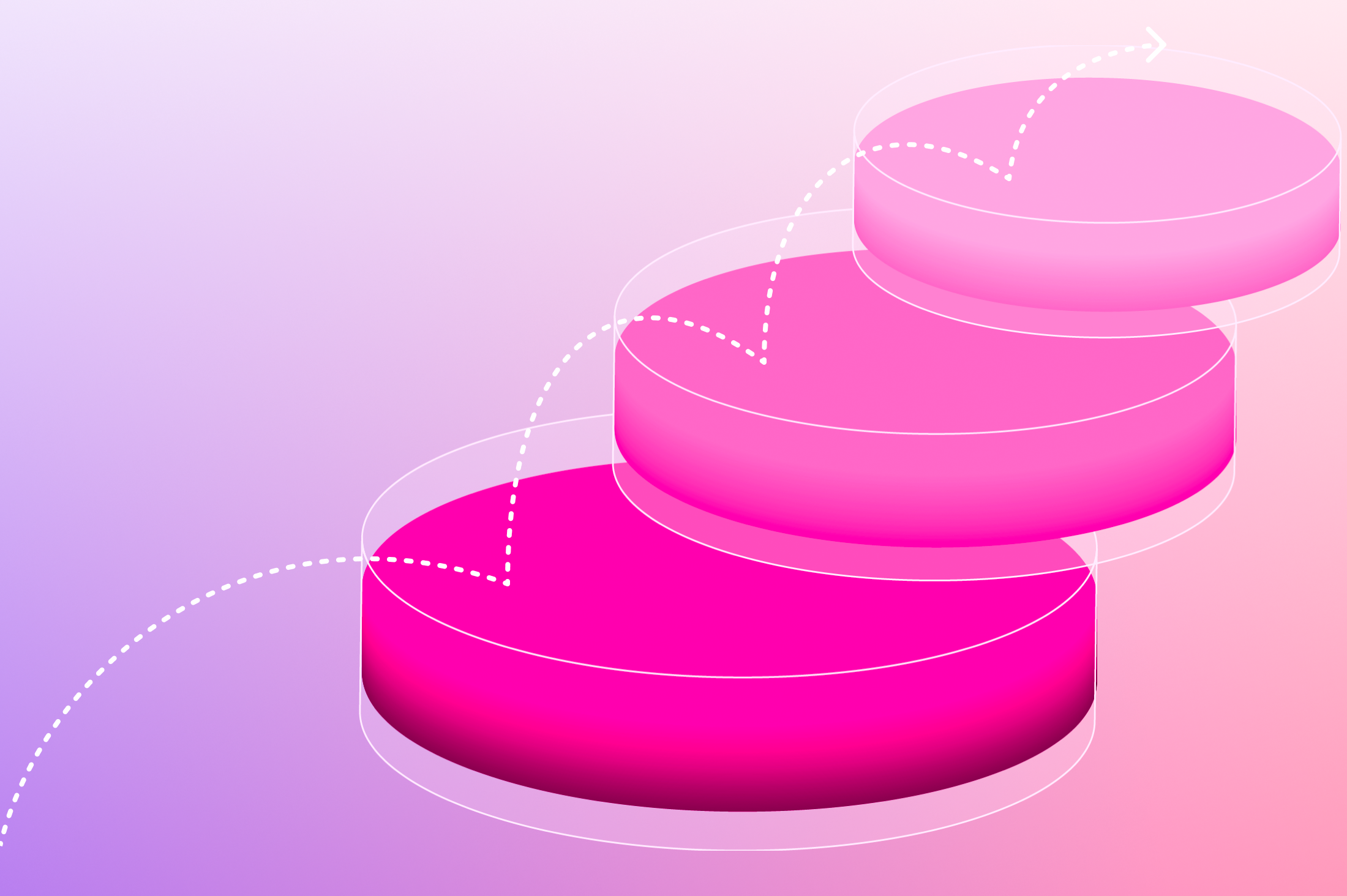Recently updated on November 17th, 2023 at 03:59 pm
 Colours have physical, social and psychological influences on people. Colours have been found to set the mood through which your website’s design is seen. Designers need to pay careful attention while selecting website colours as each colour has a meaning and knowing what meaning will be conveyed by the colour scheme is an important consideration. A web designer should choose a colour scheme that will reinforce the message a web design aims to convey to its visitors.
Colours have physical, social and psychological influences on people. Colours have been found to set the mood through which your website’s design is seen. Designers need to pay careful attention while selecting website colours as each colour has a meaning and knowing what meaning will be conveyed by the colour scheme is an important consideration. A web designer should choose a colour scheme that will reinforce the message a web design aims to convey to its visitors.
Meanings of Website Colours :
Colours do have meanings but there is no evidence that supports a universal system of assigning meanings to colours. Different cultures assign different meanings to colours. Therefore to understand the meaning of colours we first need to understand the culture of our target audience. A designer should first have some understanding of the culture of the target audience before choosing a colour scheme for a website.
Combinations of green and white work very well. Green has a very soothing effect and it is very easy on the eyes. It’s for this very reason that most hospitals choose the colour green for their websites. Although green has a positive meaning in most cultures it also has some negative associations. For example in China, a green hat means that a man’s wife is unfaithful to him. White is a sign of peace, purity and simplicity but in Japan a white carnation implies death.
Red is a very powerful colour. It increases heart beat and blood pressure. It causes nervousness and restlessness. Therefore it would not be a very good idea to a choose dark bright red colour for your website. A combination of dark red and dark blue is even worse because it quickly tires the eyes and causes headache.
Yellow is a very spiritual colour that increases the concentration. Although it is good to use yellow in small amounts to catch attention of your website’s visitors, excessive use of yellow is not acceptable as it is very hard on the eye. Excessive use of the colour yellow will negatively influence both adults and children alike.
A combination of blue and white or different shades of blue is one of the most successful combinations. The colour blue signifies tranquility, generosity, hope and wisdom. Blue easily builds the trust of the visitors visiting the website. Text in blue colours is very soothing to the eyes. Another benefit of blue text is that it encourages greater reader retention.
Other factors to consider:
Age: The age of target audience will also affect the choice of colour. Bright blue, green and yellow colours are best if the target audience includes children and teenagers. Adults usually prefer neutral colours such as black and white, grey, brown and ivory.
Gender: Gender of the target audience should also be kept in mind while choosing colours for your website. Men are more attracted to cool colours such as blue and green while warmer colours like red and orange easily catch the attention of women. If your target audience includes both men and women, you should choose a combination that mixes both cool and warm colours.
Colour Scheme: Colours of a website cannot be taken lightly as they significantly affect the mood of the visitors. Therefore you should carefully choose a suitable colour scheme depending on the preferences of your target audience. If your visitors like your website’s colours, they will likely want to explore more of your website.
Also Read:






